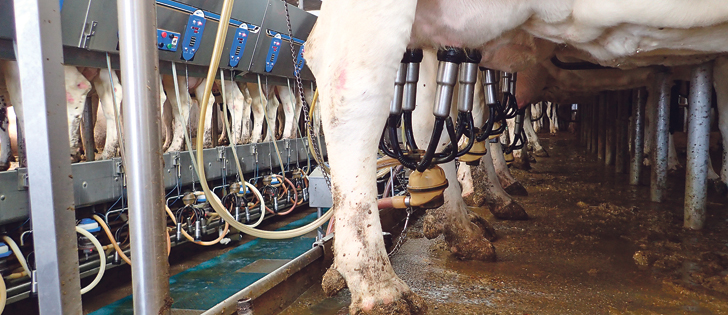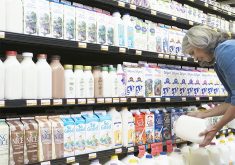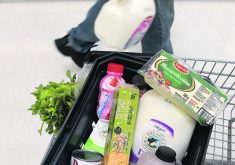Re: Minister Freeland on NAFTA: “Maintaining Canada’s traditional protections under NAFTA… to preserve Canadian culture and Canada’s system of supply management.”
With North American Free Trade Agreement talks starting, most people do not know enough about Canada’s supply management system in the dairy industry and how it compares to the American dairy industry, to understand what is at stake if Canada bows to pressures from south of the border.
It is the very fact that the United States does not have a supply management system like Canada’s excellent one that their dairy farmers suffer at the mercy of their unregulated system and regularly go through boom and bust cycles.
Read Also

Proactive approach best bet with looming catastrophes
The Pan-Canadian Action Plan on African swine fever has been developed to avoid the worst case scenario — a total loss ofmarket access.
Canada is one of the few, if not the only, country in the world that had the foresight to regulate the production of milk.
We used to have oversupply too and learned that regulating the industry was better than costly, long-term storage facilities paid for by Canadian taxpayers.
In 1973, farmers, after joint consultation with the government, agreed that their next three years of production would henceforth determine what they would be allowed to ship on a yearly basis — called their quota.
That way, our dairy farmers would stand on their own two feet with assurance and dignity, and processors could count on a guaranteed supply. In other words, this was the way to manage the supply.
Supply management was born.
If a farmer produced more than his allowable quota, he would receive almost nothing for that milk; quite the incentive for complying and only producing what was needed for the Canadian market.
Here’s how the vicious circle works with our neighbour to the south: when the price of milk drops in the U.S. from oversupply, dairy farmers continue to produce more milk to survive and avoid bankruptcy.
However, during the down times, many dairy farms do fail, thereby causing a shortage of milk. In a shortage, the price rises. When the price rises, dairy farmers still produce extra milk to pay off the additional debt incurred when the price was low.
This unregulated supply and demand market causes havoc to dairy farmers in America, as referenced by President Donald Trump’s comments about Wisconsin’s dairy industry a few days ago.
What has not been mentioned in news reports, and adds to the milk oversupply, is that almost 50 percent of all American dairy farmers’ incomes are derived from hidden subsidies. Meanwhile, Canadian dairy farmers do not receive subsidies.
Canada’s superior supply management system, designed to fend off this problem, ensures that Canadian farmers have stability and a reliable pay cheque — the envy of most, if not all, American milk producers.
It’s not a bed of roses, though, as Canadian farmers all face economic challenges due to the rising costs of production. To succeed, farms have had to grow bigger and bigger, which is why we see so few family farms nowadays.
Americans are not the only ones with a lot of milk to get rid of. New Zealand and Australia are in this game too, with small populations and low-cost overproduction. Like America, neither has a supply-management system, so they want to palm off their cheap, lower-quality surpluses to Canada.
With Canada’s high standards, these countries’ milk would not qualify to be sold here.
So Trump wants access to Canadian dairy markets as a means to solve America’s short-sighted mismanagement problem, which is their own doing. The only ones who benefit in the U.S. are the speculators in a free market.
In Canada, farmers and consumers have hugely benefitted from supply management, with stability for farmers and an assured supply of high quality milk for families.
So Canada, please don’t give in at the trade talks. Mr. Trump, keep your hands off our dairy farmers and take care of your own. Try supply management.
Anita Mark is a former dairy farmer.

















